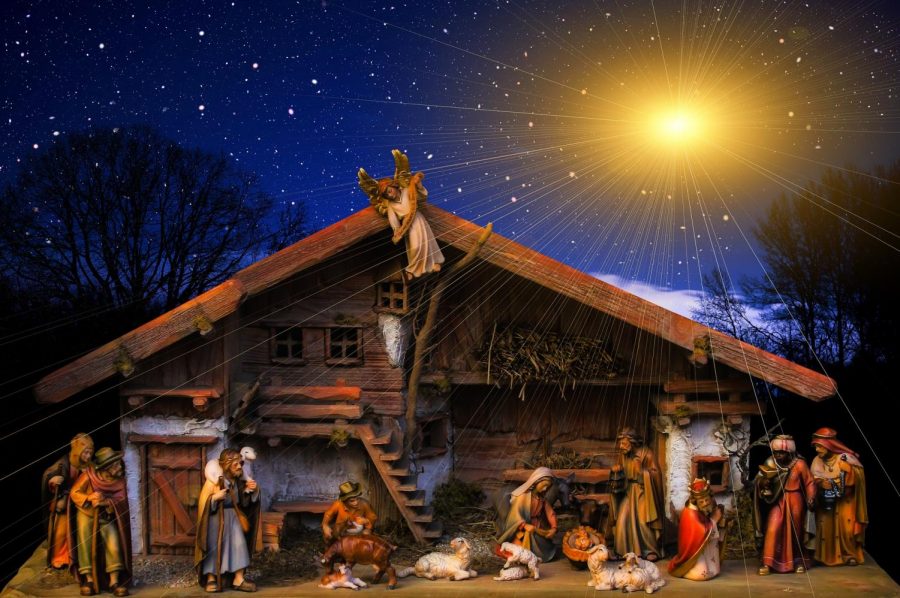Families go big to celebrate Las Posadas
Image by Gerd Altmann from Pixabay
Las Posadas is a popular Mexican holiday that starts in winter! Read more to learn how and why it’s celebrated.
Las Posadas is a Mexican celebration that has been around for 400 years. It starts nine days before Christmas and runs until Christmas Eve. In modern times, the holiday is celebrated mainly in Mexico and in some parts of the U.S.
In the 1500s, the Spanish brought the celebration of Las Posadas to Latin America and it was adopted in San Agustin de Acolman near Mexico City. It later became popular throughout Mexico and Guatemala. In 1856 Friar Diego de Soria was able to get a papal bull from Pope Sixtus V to celebrate.
On December 16 at dusk, families, friends, and neighbors dress up as angels and shepherds. Two people in the group dress up as Mary and Joseph. Las Posadas tells the story of Mary and Joseph looking for a place to stay before the Baby Jesus was born. The nine days represent the months that Jesus was carried in Mary’s womb.
To celebrate, children are often dressed in silver and gold robes and carry lit candles as well as images of Mary and Joseph riding a donkey. Musicians and the other adults at the celebration follow the same traditions and clothing.
Pedir Posada or “the inns or shelters” is a popular tradition in Mexico. When a stranger comes to the door and asks to stay, he or she is accepted without question. This tradition is a reenactment of Mary and Joseph searching for a shelter to stay for the birth of Baby Jesus.
There are several symbols common in Las Posadas celebrations. A seven-cone star represents the Star of Bethlehem, for instance. A donkey represents the animal that Mary rode to Bethlehem for the census and the birth of Jesus. Finally, a Christmas tree with all of the traditional ornaments is used to represent The Three Kings.
In celebration of Las Posadas, houses are decorated with evergreens, moss, and paper lanterns. In each Posada celebration, children are given candles and clay figures representing Mary and Joseph to go around the streets with. The celebration of Las Posadas is intended for younger children, although they may be impatiently enduring the lengthy prayers and songs that go on until the rosary for the Virgen de Guadalupe is done.
After the prayers and rosary are completed, children make a long line to receive their aguinaldos, or bonus, from the padrinos of El Nino Dios, or Baby Jesus. These bonuses are filled with candy, peanuts, and seasonal fruits. The tradition also includes a variety of Mexican Christmas songs, cards, breaking piñatas, eating food, and singing.
The typical food at a Posada consists of tamales, buñuelos, atole, cafe de olla, ponche, and Aguinaldo bags. At the end of the night, Christmas carols are sung, children break open piñatas and everyone sits down for a feast.
If you want to know more about this Mexican holiday, visit https://www.journeymexico.com.

Aldo Suarez is an artist. A resident of California, he is a very kind and helpful, always wanting to help people no matter what. He has always found creativity...
